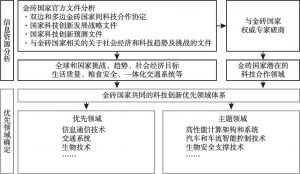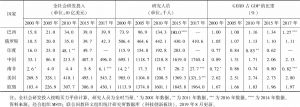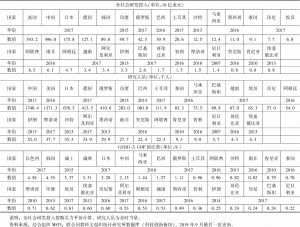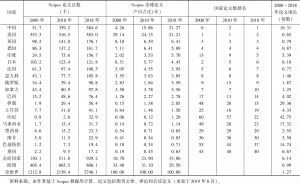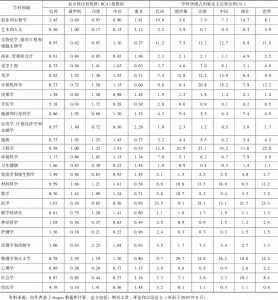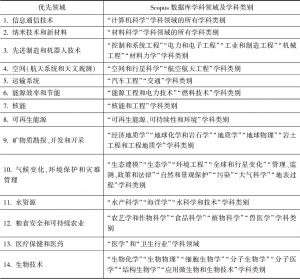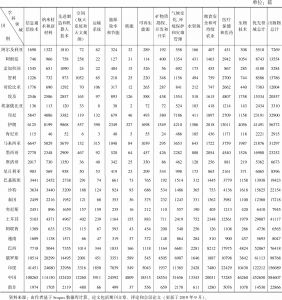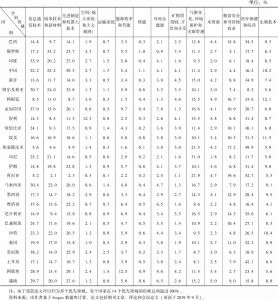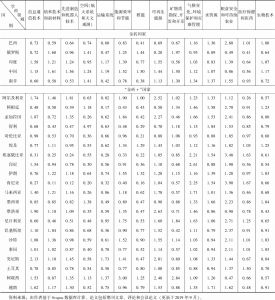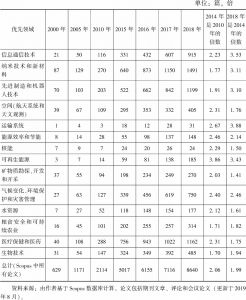报告
“金砖+”国家的科技优先领域
摘要
随着科技发展日趋复杂化,往往需要昂贵的研究基础设施和高科技的实验室设备。科技的范围越来越广,当今世界上没有一个国家能够对所有研发领域全面提供支持。遴选优先领域始终是发达国家和发展中国家,包括金砖国家科技创新政策最重要的手段之一。本文选择5个金砖国家和21个其他“金砖+”国家,通过计算每个被选国家的显示性比较优势指数(RCA指数),给出了其14个科技合作与发展的优先领域:信息通信技术,纳米技术和新材料,先进制造和机器人技术,空间(航天系统和天文观测),运输系统,能源效率和节能,核能,可再生能源,矿物质勘探、开发和开采,气候变化、环境保护和灾难管理,水资源,粮食安全与可持续农业,医疗保健与医药,生物技术。
作者
〔俄〕亚历山大·索科洛夫 亚历山大·索科洛夫(Alexander Sokolov),莫斯科国立大学博士,俄罗斯国家研究型高等经济大学终身教授、统计研究和知识经济学研究所常务副所长,通讯作者。
谢尔盖·沙什诺夫 (Sergey Shashnov),博士,俄罗斯国家研究型高等经济大学统计研究和知识经济学研究所战略预测部主任,研究方向为预测研究、统计学和社会学分析、专家调查方法。
马克西姆·科茨米尔 (Maxim Kotsemir),俄罗斯国家研究型高等经济大学统计研究和知识经济学研究所研究员,研究方向为文献计量分析、研究合作分析、研发统计。
检索正文关键字
报告目录
- 一 引言
- 二 方法论
-
三 “金砖+”国家科技指标分析
- (一)科技潜能方面的重要指标
- (二)论文发表
- (三)专业化指数
- 金砖国家发表论文的学科结构
- (四)科技合作
- 1.金砖国家的国际科技合作
- 2.金砖国家的科技合作:现状和前景
-
四 “金砖+”国家在各个优先领域的科技实力
- 1.金砖国家未来科技合作应该以共同优先领域为基础
- 2.促进科技合作的工具
- 五 结论
相关文献
查看更多>>>


